National Parks in Rajasthan
Rajasthan, India, renowned for its regal heritage, also boasts captivating national parks that enchant nature enthusiasts and adventure seekers alike. Ranthambore National Park, nestled amidst the Aravalli and Vindhya ranges, is famed for its majestic Bengal tigers roaming amidst ancient ruins.
Sariska National Park beckons with its diverse wildlife, including leopards, sambar deer, and vibrant avian species. Keoladeo National Park, a UNESCO World Heritage Site, showcases an extraordinary avifauna spectacle, drawing birdwatchers worldwide. From the rugged terrain of Desert National Park to the lush forests of Mount Abu Wildlife Sanctuary, Rajasthan’s national parks offer a kaleidoscope of natural wonders waiting to be explored.
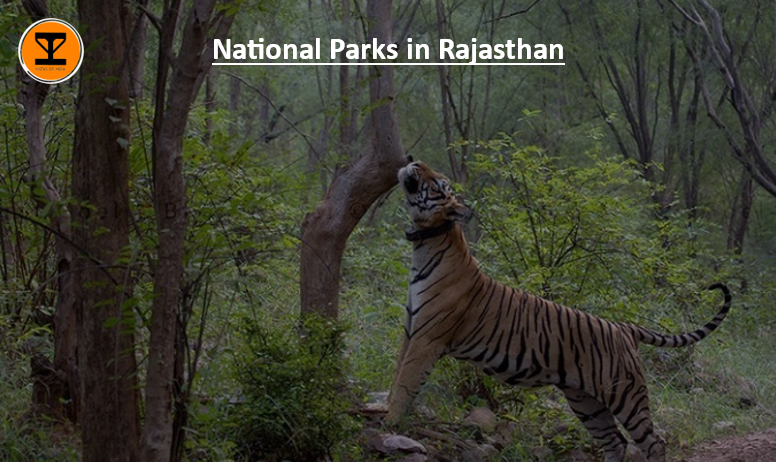
1. Desert National Park
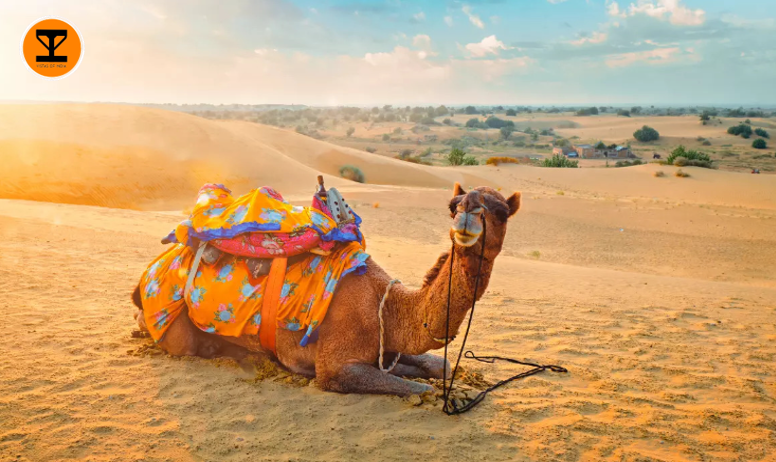
This national park in Rajasthan, situated in the Thar Desert, stands out from others in the region due to its distinctive features. Spanning across 3162 sq. km, it is home to a variety of wildlife including Black Buck, Wolf, Indian Bustard, and Desert Fox. What sets this park apart is its landscape, characterized by sand dunes, rugged rocks, and pockets of vegetation.
Visitors flock to this park for its abundant wildlife and the opportunity to spot unique species in Rajasthan. Embark on a thrilling jeep safari ride and marvel at the enchanting Indian Bustard, Larks, Demoiselle Cranes, Falcons, Sandgrouse, Partridges, Tawny Eagles, Houbara Bustards, and Bee-Eaters, which are commonly found here. Additionally, keep an eye out for Bengal Fox, Desert Fox, Monitor Lizard, Blackbuck, and other rare wildlife species that call this park their home.
2. Mount Abu Wildlife Sanctuary
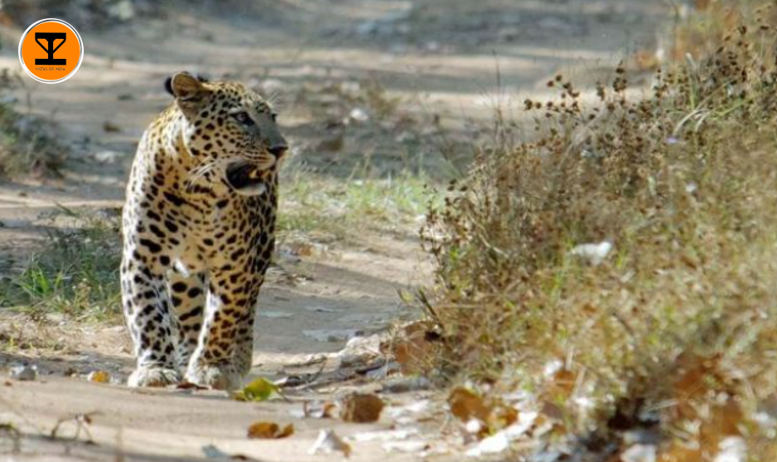
The Aravali Mountain Ranges, home to this Wildlife Sanctuary, are known as the oldest mountains in India. This plateau spans 19 km in length and 6 km in width, with an altitude ranging from 300 to 1,722 meters above sea level. It’s a haven for sightseeing and offers a fantastic opportunity to witness Rajasthan’s diverse wildlife. Exploring this sanctuary is highly recommended, especially for those on a romantic trip to Rajasthan.
Mount Abu, a picturesque hill station, boasts a remarkable biodiversity. Its foothills are adorned with sub-tropical thorn forests, teeming with a variety of herbal medicinal plants. Orchid enthusiasts will also be delighted by the wide array of Orchids found here. The southern-western part of the sanctuary is blessed with lush bamboo forests.
Mount Abu Wildlife Sanctuary is home to a rich assortment of fauna, including endangered species like Jackals and Hyenas. Additionally, you’ll encounter fascinating creatures such as Hedgehogs, Indian Foxes, common langurs, Mongooses, and Wild Boars. For an enchanting experience, make sure to visit the captivating Mount Abu Wildlife Sanctuary, one of the top attractions in Mount Abu, Rajasthan.
3. Darrah National Park
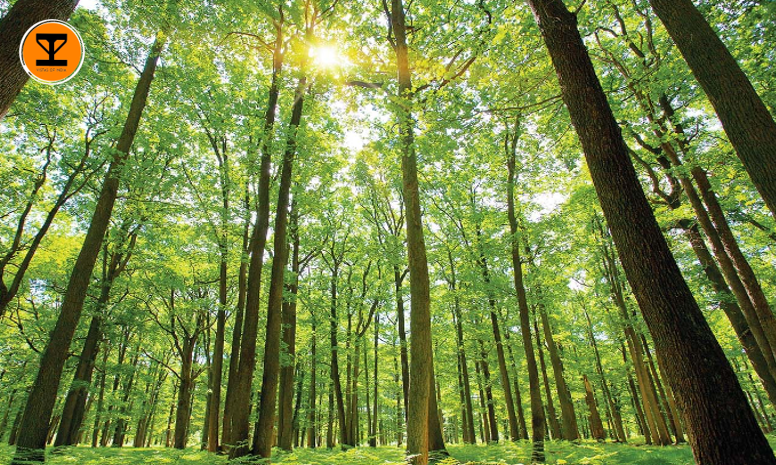
Darrah National Park, established in 2004, encompasses three wildlife sanctuaries in Rajasthan: Chambal Wildlife Sanctuary, Jawahar Sagar Sanctuary, and Darrah Wildlife Sanctuary. Situated just 50km from Kota, it covers an area of 250 sq. km. This park is renowned as one of Rajasthan’s most popular national parks.
Wildlife enthusiasts can enjoy a unique experience here, exploring a wide range of animal and bird species. Adventure enthusiasts will also find it thrilling, with the opportunity to take jungle safaris within the park. Some of the species you may encounter include Panther, Wolf, Deer, Wild Boar, Sambar, Leopard, Sloth Bear, and Chinkara.
4. Keoladeo National Park
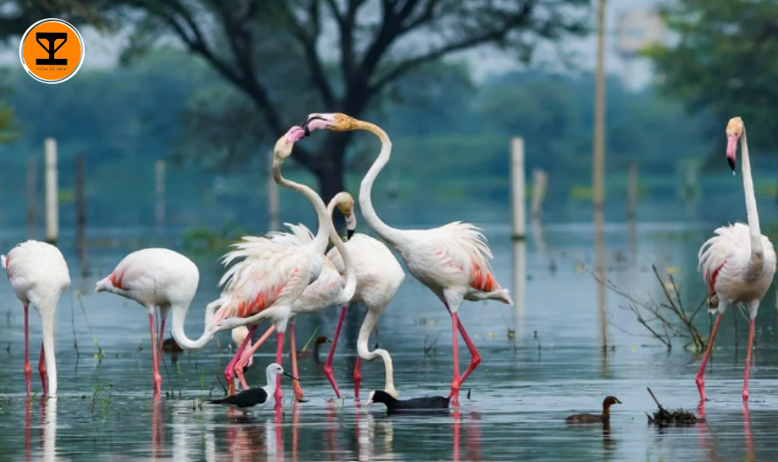
Keoladeo National Park, also known as Bharatpur National Park, is a UNESCO World Heritage Site and a haven for bird enthusiasts. People from all over the world come here to catch a glimpse of some of the rarest bird species. With around 250 species residing here and thousands more migrating during the cold season, it truly is a bird-hive.
Situated strategically between Agra and Jaipur, this park is one of the most renowned national parks in Rajasthan. Not only does it provide a sanctuary for birds, but it also houses various mammals such as Golden Jackals, Striped Hyenas, Fishing Cats, Jungle Cats, Nilgais, Sambars, Blackbucks, and Wild Boars. During the cold season, you might even spot large pythons hibernating.
Covering an area of 29 sq. km., Bharatpur National Park is famous for its well-marked trekking paths. Visitors can choose to hike or bike along these paths, or they can hire human-pedaled rickshaws for a more leisurely tour. One of the highlights of the park is taking a boat ride in the lake during the early morning or late evening. The park’s landscape is a beautiful mix of dry deciduous forests, grasslands, and sparse vegetation.
5. Sariska Tiger Reserve
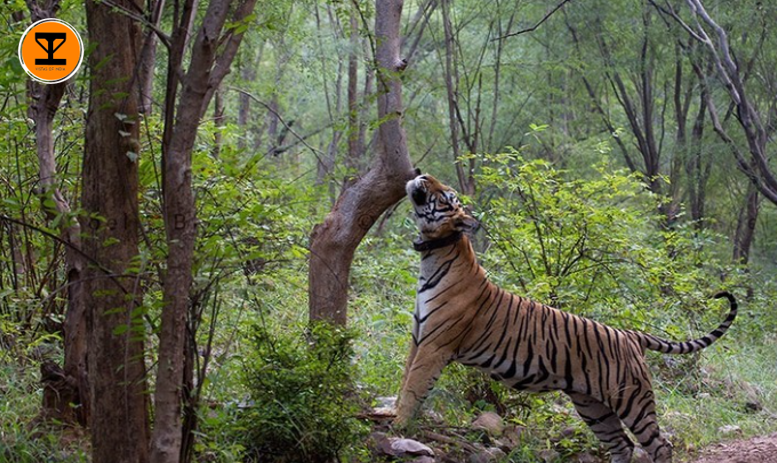
Sariska Tiger Reserve, formerly known as the Sariska Wildlife Sanctuary, is nestled in the beautiful Aravali Hills, covering a vast area of 800 sq. km. This national park in Rajasthan is a diverse ecosystem, with dry deciduous forests, grasslands, cliffs, and rocky mountainous areas. It provides a picturesque home to a wide range of animals, including the majestic Bengal Tiger, the protected Nilgai Cheetah, Wild Boars, Sambars, Indian Leopards, Jungle Cats, Mongooses, and Monkeys.
Not only is Sariska Tiger Reserve a haven for wildlife, but it is also a paradise for bird watchers. The reserve is home to various rare bird species, such as the white-throated Kingfisher, Indian Peafowl, Partridge, and golden-backed Woodpecker, among others.
In addition to its natural wonders, this park offers a plethora of tourist attractions. Bhangarh Village, known for its historical ruins and haunted reputation, is a must-visit. Kankwari Fort, Temple of Neelkanth, Hanumanji Temple, Sariska Palace, and Viratnagar are just a few of the other fascinating sites to explore. Viratnagar even boasts Buddhist relics dating back to the 3rd and 4th centuries.
6. Ranthambore National Park
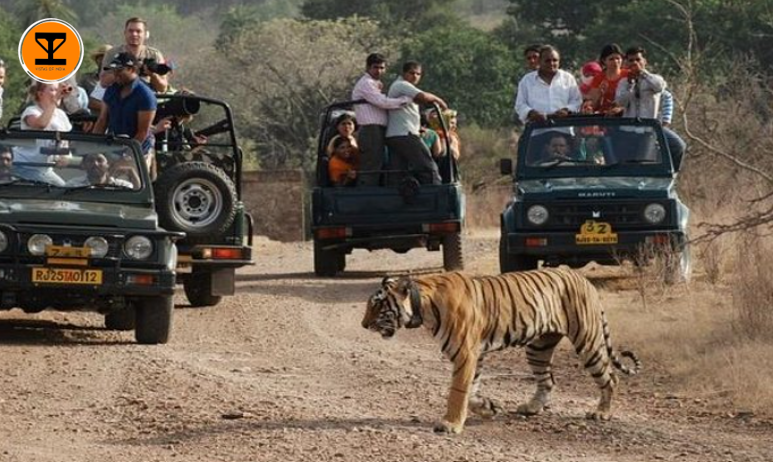
The vast Ranthambore National Park covers an area of 282 sq. km. Initially established as the Sawai Madhopur Game Sanctuary by the Indian Government in 1955, it was later converted into a Project Tiger Reserve in 1973 and officially declared a National Park in November 1980. The surrounding forest areas were designated as the Sawai Man Singh Sanctuary and Keladevi Sanctuary.
Ranthambore National Park, also known as Sawai Madhopur Park, in Rajasthan is renowned for being home to the Bengal Tiger, attracting tourists eager to catch a glimpse of this magnificent creature in its natural habitat. The park is also a heritage site due to the abundance of historical ruins scattered throughout its vast expanse. Exploring the park offers a visual treat with its diverse natural environment, unique tree species, and protected animals freely roaming during the day.
Conclusion
In conclusion, Rajasthan’s National Parks offer a rich tapestry of natural wonders and cultural heritage, enticing tourists with their diverse landscapes and abundant wildlife. From the majestic tigers of Ranthambore to the serene lakes of Keoladeo, each park presents a unique experience, drawing visitors into the heart of India’s wilderness.
The vibrant ecosystems, coupled with opportunities for adventure and exploration, make Rajasthan’s National Parks an indispensable gem for tourism. As custodians of biodiversity and guardians of history, these parks not only enchant travelers but also serve as vital sanctuaries for conservation efforts, ensuring a harmonious coexistence between humanity and nature.
Frequently Asked Questions
Rajasthan is home to four national parks: Ranthambore National Park, Sariska Tiger Reserve, Keoladeo National Park (formerly known as Bharatpur Bird Sanctuary), and Mukundra Hills Tiger Reserve.
The best time to visit Rajasthan’s national parks is during the winter months, from October to March, when the weather is pleasant and wildlife sightings are more frequent.
Rajasthan’s national parks are known for their diverse wildlife. Visitors can spot Royal Bengal Tigers, leopards, sloth bears, Indian gazelles, sambar deer, chital, various species of birds, and reptiles like crocodiles.
Safaris in Rajasthan’s national parks can be booked through official forest department websites or authorized tour operators. It’s advisable to book in advance, especially during peak tourist seasons, to secure your spot.
Yes, there are various accommodation options available near Rajasthan’s national parks, ranging from budget guesthouses to luxury resorts. It’s recommended to book accommodations in advance, especially if you plan to visit during peak tourist seasons.

Welcome to vistasofindia.com, where we transform your travel dreams into a reality by guiding you through the diverse and enchanting landscapes of India. We understand that every traveler seeks a unique experience, and with our in-depth guides and insider tips, we ensure that your journey is not just a trip but a memory to cherish.

Start Your Journey Now!
Begin your exploration of India today with vistasofindia.com. Discover detailed information about key destinations, plan your itinerary efficiently, and get ready for an unforgettable adventure. Whether you’re a history enthusiast, a festival lover, or a foodie, India has something extraordinary for you.

Let us be your ultimate travel companion for exploring India! With our in-depth information on every corner of the country, you can create a personalized itinerary that suits your interests. Don’t wait any longer – start exploring and get ready to experience the magic of India firsthand!
